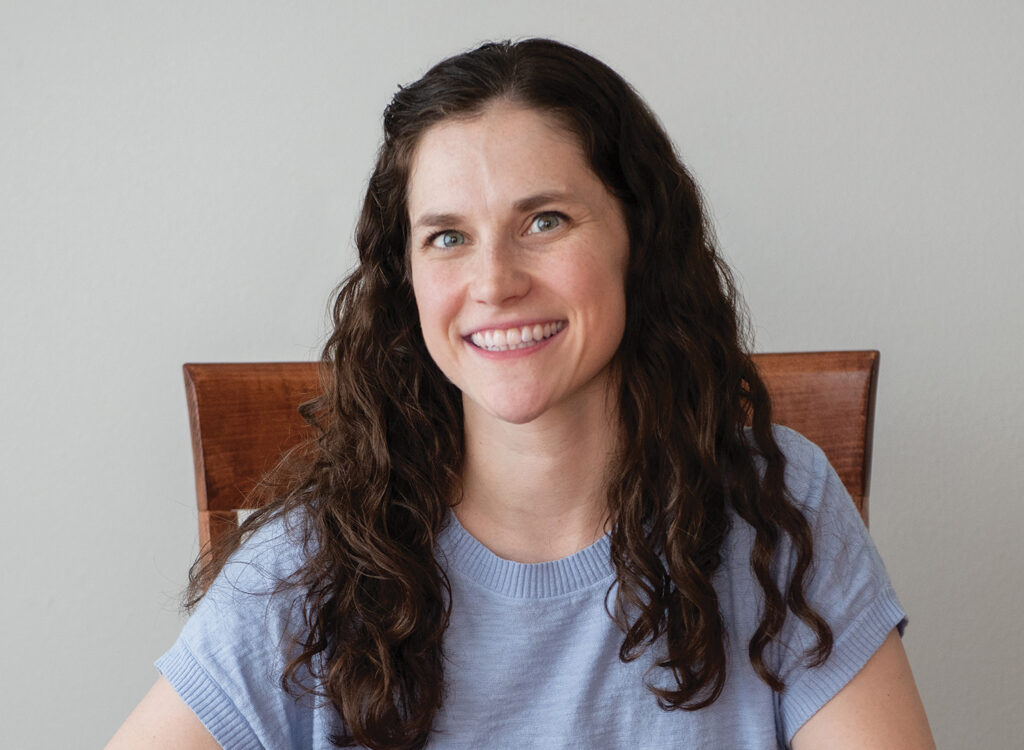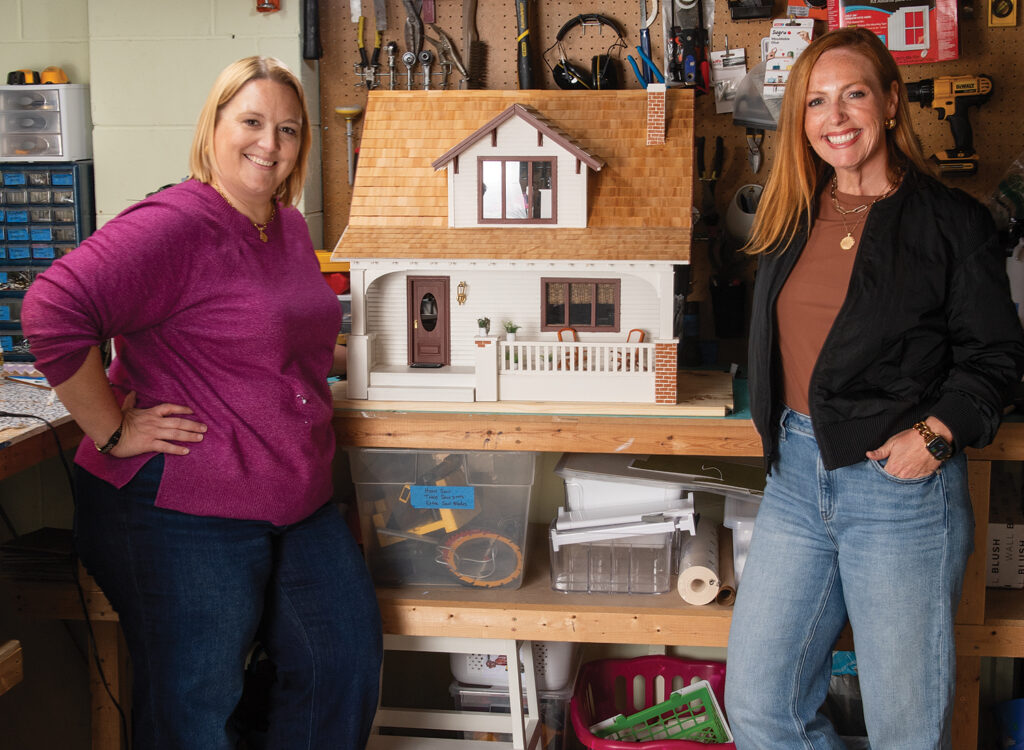The Elbert Files: How resilience works

DAVE ELBERT Apr 17, 2018 | 4:33 pm
3 min read time
613 wordsBusiness Record Insider, Opinion, The Elbert FilesI bought a copy of Andrew Zolli’s book, “Resilience: Why Things Bounce Back,” in anticipation of his appearance next week in the Tomorrow Plan Speaker Series at the State Historical Building.
“Resilience” explores the question: What causes one system to break down and another to rebound?
Zolli’s Des Moines appearance at noon on April 25 will focus on rebuilding cities and neighborhoods.
But I found something else when I read “Resilience” alongside “Fire and Fury,” Michael Wolff’s insider story about the Trump administration. Zolli’s lessons help explain the chaos in Washington.
One example I kept coming back to was downright scary. But I also found a more hopeful connection.
Early in “Resilience,” Zolli explains how and why systems fail, using familiar stories to show connections between seemingly unrelated actions.
One example involved the 2007-08 financial meltdown. The underlying problem was the giant financial bubble created from a series of actions taken by independent traders with no regard for the larger picture.
Money managers bought and sold complicated financial instruments without realizing, or caring, that they were slicing and dicing the nation’s credit markets in ways that made absolutely no sense.
Eventually, they realized they’d loaded their portfolios with seriously troubled assets. But by then it was too late. The markets had frozen, and it took a lot of time and effort to get things back on track.
Zolli shows that the economic collapse followed patterns researchers have also found in biology, physics, medicine and other endeavors, including the 1980 destruction of Caribbean coral reefs after Hurricane Allen, the pathology of some diseases and the Northeastern power grid failure of 2003.
In each case, conventional wisdom was flawed.
When the financial crash came, Zolli writes, “a sense of transparency disappeared overnight, and with it went the most important variable in the system — trust.”
My fear is that the same principle now applies to our political system. It’s built on trust, and we have a president who clearly has issues with the truth. Anyone who can’t see that by now is not paying attention.
Wolff’s book does a good job showing how deceitful and dishonest Donald Trump and the people closest to him are. If even half of the lying, leaking and backstabbing that Wolff describes is true, we are in serious trouble; possibly, on the scale of the market collapse of 2007-08.
Which is scary.
But Zolli’s real story is about resilience, and he suggests several strategies for ensuring bouncebacks.
One is to diversify and disperse whatever it is you want to protect.
If your electrical power comes from different sources — solar, wind, water or whatever — and if those sources are dispersed and not tied to a single grid that can be brought down by a single failure, your chances of avoiding a massive power outage are much better. And the failures that do occur are more easily handled.
I was reading that part of “Resilience” the day FBI agents raided the home, office and hotel room of Michael Cohen, Trump’s private lawyer.
The president responded by threatening to fire Robert Mueller, the special prosecutor overseeing investigations of his administration.
Here’s the hopeful connection: It quickly became clear that firing Mueller would not stop the growing investigation, because it wasn’t Mueller who oversaw the raid.
Mueller had dispersed his responsibilities by passing off part of his job to the U.S. attorney for the Southern District of New York, who oversaw the Cohen raid.
By sharing responsibility, Mueller assured that there would not be just one probe of Trump, and that the investigation would continue, even if the president were able to fire or somehow eliminate the special prosecutor.
That’s how resilience works.










